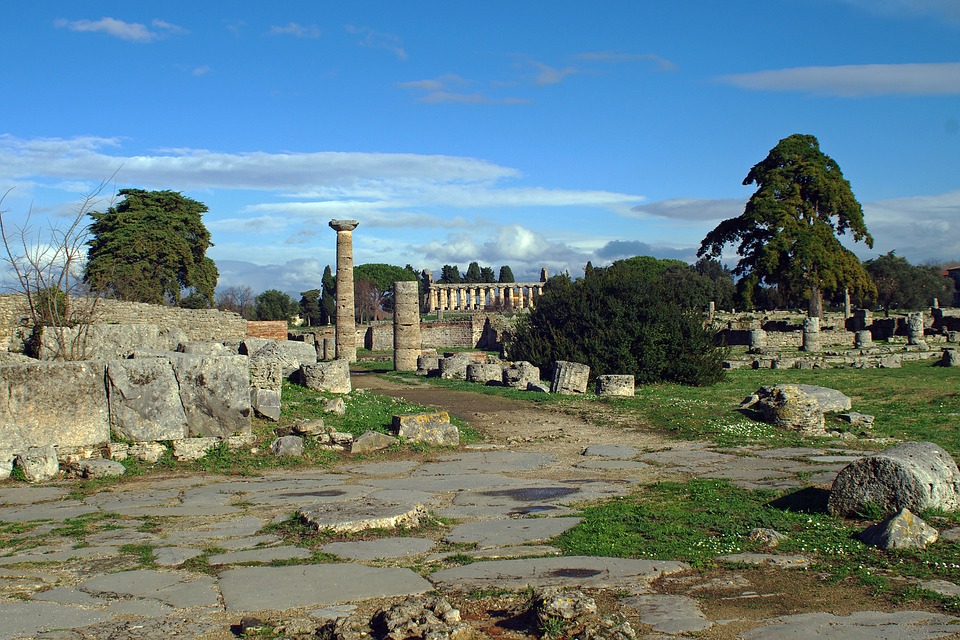Author:
Rita Marchioni
The trip aims to retrace, in chronological order, the main stages of Greek colonization in Italy, starting from the eighth century BC. with the foundation of important centers such as Pitecussa (now Ischia) and Cuma, in Campania, to then continue between Puglia, Sicily and Calabria, until the sixth century BC.
The flourishing development of economic activities and the consequent demographic increase that took place in Greece, in the Archaic Age, led the Greeks to go in search of new territories and fertile lands that offered their agriculture greater possibilities of development, compared to the roughness of the mountainous terrain of the Motherland.
The foundation of what ancient historians called Μεγάλη Ἑλλάς, Megálē Hellás, that is Magna Graecia, constituted a meeting of peoples and cultures; in a short time, these new settlements became militarily and politically very important, as well as centers of intense cultural and artistic life: renowned artisans and famous poets, scientists and philosophers, rhetoricians and theater authors – often protected by rich tyrants – gave birth to the splendid civilization that transmitted Greek culture first to Rome and then to the whole of Europe.
The journey “Greeks in Italy” represents an itinerary through history, geography, art, mythology and culture, which crosses the curriculum of class V of primary school.
Ferrara
Istituto Ferrara 6 – Cosmè Tura,
Primary School Villaggio INA,
Class 5C,
A.S. 2020-2021.
